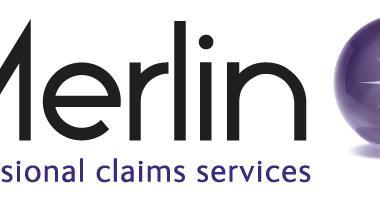Brought down by loss-adjusting overcapacity, parts of the business still have some magic
The news of Merlin’s administration flew around the market yesterday, but what does it mean for the company, its clients and staff?
The company struggled to find a buyer for some time before the administration and cited overcapacity in the loss adjusting market as one reason for its eventual collapse.
Capacity in loss adjusting is an interesting area. Many insurers complain of undercapacity from adjusters, particularly following surge events, but despite this and loss adjusters being forced to shed staff, overcapacity in the quieter periods remains a problem.
Unfortunately for Merlin, overcapacity also makes it less likely that bidders would be interested in buying parts of the loss adjuster out of administration.
However, Merlin’s staff and technological investment have won praise from rivals. Whatever happens, Merlin’s administration is unlikely to leave a void in the market, as rivals have already started to make overtures to its staff and attempted to snare their clients.
Commercial property remains a problem for Aviva
Aviva’s first-half UK general insurance results, published today, show an improvement on last year’s once the sale of the RAC business is factored out.
The like-for-like combined ratio improved by one percentage point to 97%, despite the £40m of claims Aviva incurred from the June floods.
The big problem for Aviva has been commercial property, with a COR of 103%, compared to 98% last year.
But elsewhere in commercial, the insurer has improved. In commercial motor, for example, Aviva’s COR ran at 101% in the first half of 2012, compared to 106% for the first six months of 2011.
Aviva has certainly fared better than many of its rivals in commercial lines, many of whom have struggled with this area in their half-year results.


































No comments yet